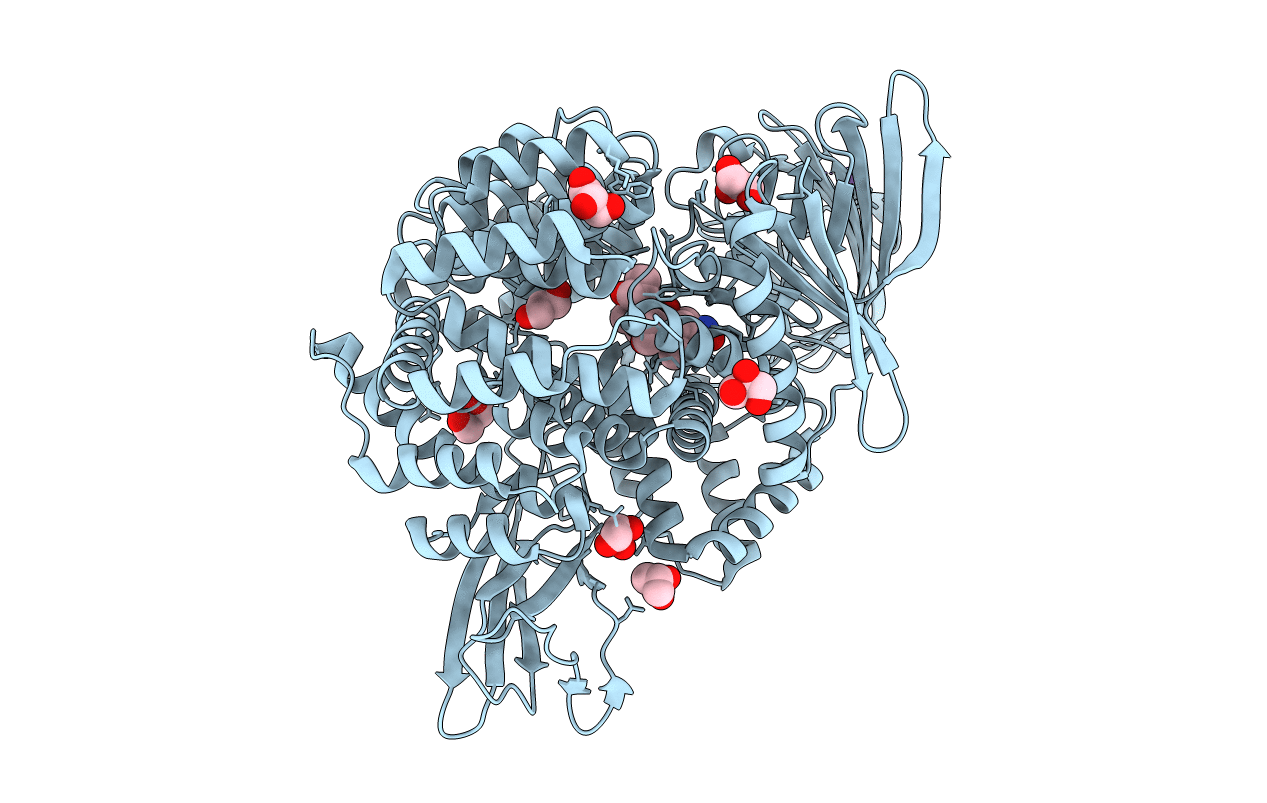
Deposition Date
2014-04-14
Release Date
2015-04-15
Last Version Date
2024-05-29
Entry Detail
PDB ID:
4Q4E
Keywords:
Title:
Crystal structure of E.coli aminopeptidase N in complex with actinonin
Biological Source:
Source Organism:
Escherichia coli (Taxon ID: 83333)
Host Organism:
Method Details:
Experimental Method:
Resolution:
1.90 Å
R-Value Free:
0.18
R-Value Work:
0.14
R-Value Observed:
0.14
Space Group:
P 31 2 1


